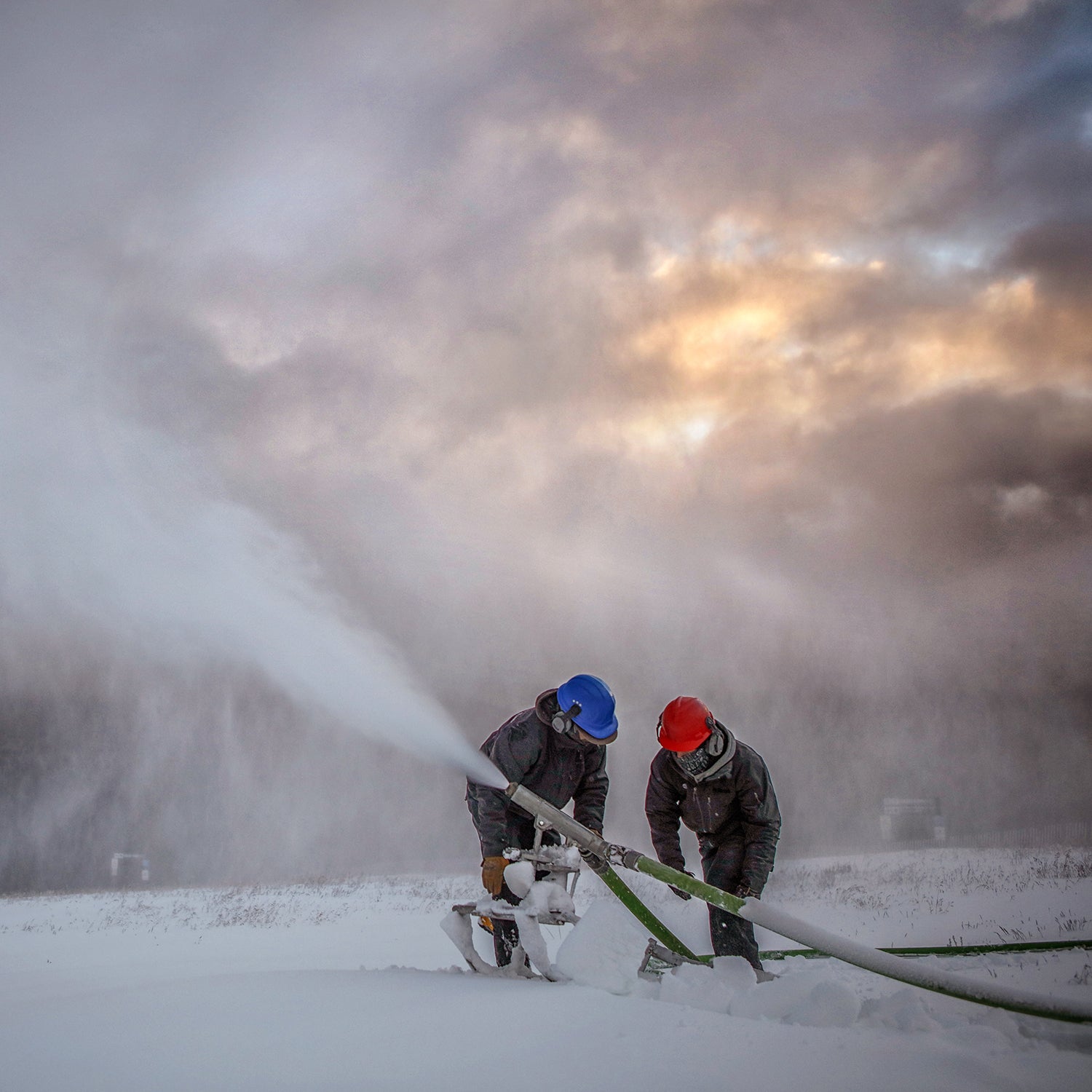When you make turns at your local ski area for the first time this year, chances are youÔÇÖll be skiing on a mix of man-made and natural snow. Most of us donÔÇÖt ever see┬áthe people who run the snow┬águns, but they have one of the most crucial,┬áfrigid, and brutal┬ájobs on the mountain. To find out what gear they use to stay warm┬áwhile dragging aluminum blasters╠ř▓╣▓ď╗ň┬áwrestling hoses full of highly pressurized water, I called Mike Looney, the snowmaking director┬áat Copper Mountain, in Summit County, Colorado. He runs a crew of 32 people who have┬ábeen making snow nightly for the past several weeks in anticipation of the resortÔÇÖs November 11 opening day. Here's what his team uses throughout the winter.┬á┬á
Northern Lights Polaris Headlamp ($345)
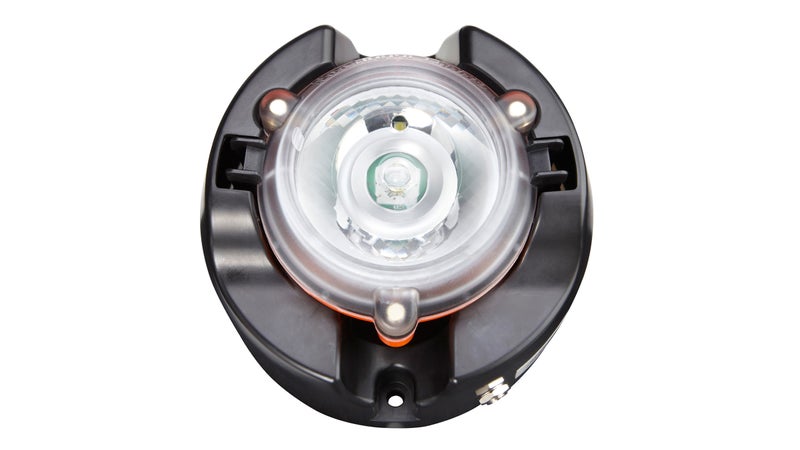
With at least half its work done at night, the crew's┬áheadlamps have to be top of the line. The rechargeable Northern Lights Polaris is the same one used by many┬áminers╠ř▓╣▓ď╗ň is as bright as a car headlight (6,500 lumens). It also connects to the brow of the OSHA-required hard hats.
Kinco Pigskin Work Gloves ($12)
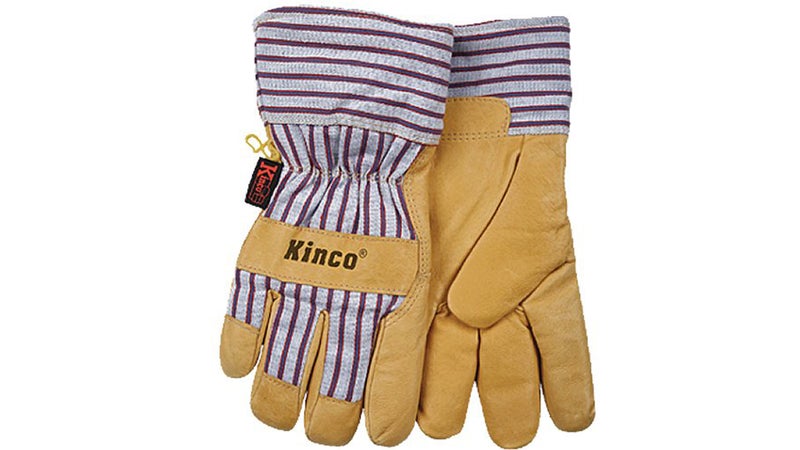
Wrangling vice grips and firehose couplers in sub-freezing conditions is hard on gloves. ÔÇťWe usually go through four or five pairs┬áa season, no matter the brand, so itÔÇÖs better to use cheaper models,ÔÇŁ Looney says.┬áThey┬áslather the pigskin leatherÔÇöwhich is more supple than cow leather and therefore affords┬áthe wearer more dexterityÔÇöwith a waterproof sealant, such as┬áSnoSeal.
Patagonia Powder Bowl Jacket and Pants ($400 and $300)
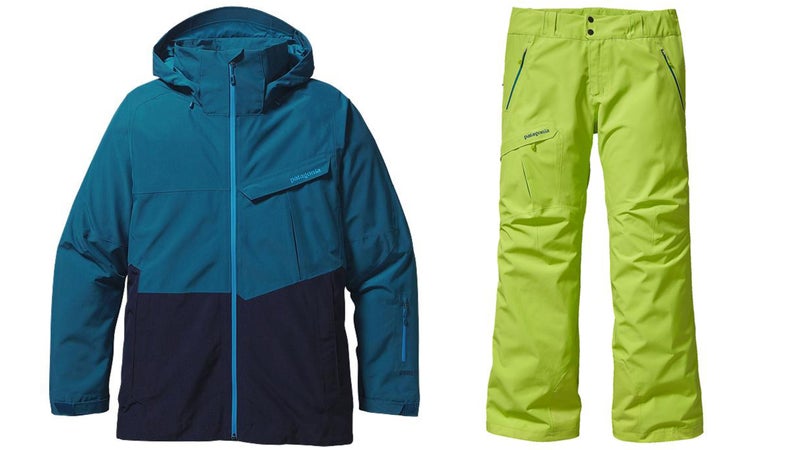
ÔÇťWe like the Patagonia stuff because itÔÇÖs well made and stands up to a lot of abuse,ÔÇŁ Looney says. ÔÇťItÔÇÖs got a Gore-Tex membrane, which is essential because our physical output is so high. Non-breathable materials would leave us soaked.ÔÇŁ He also appreciates the high collar, great for ducking behind when riding a snowmobile through a mist of snow crystals. ÔÇťThe stuff usually lasts at least one season, often two.ÔÇŁ
Patagonia Midweight Capilene Base Layers (From $50)
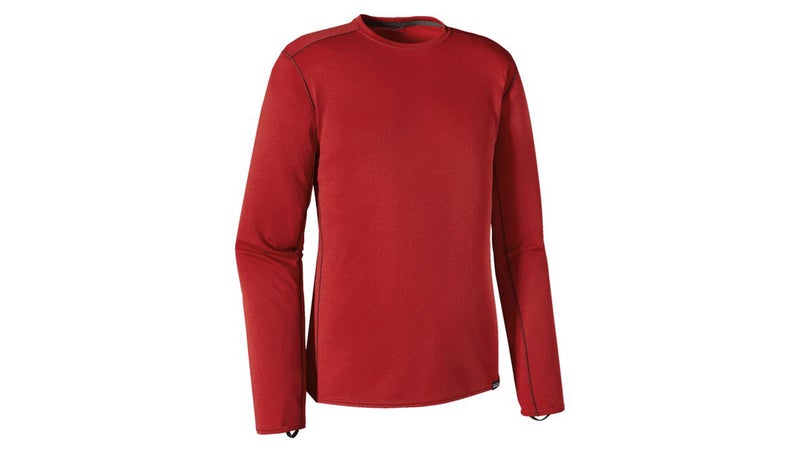
ÔÇťThe work is so physical, you donÔÇÖt need a lot of insulation under your shell,ÔÇŁ Looney says. He wears PatagoniaÔÇÖs midweight base layers when temperatures are┬áabove five degrees. Below five degrees, heÔÇÖll reach for Patagonia's thermal weight base┬álayers.
Scarpa TX Comp Telemark Boots ($700)
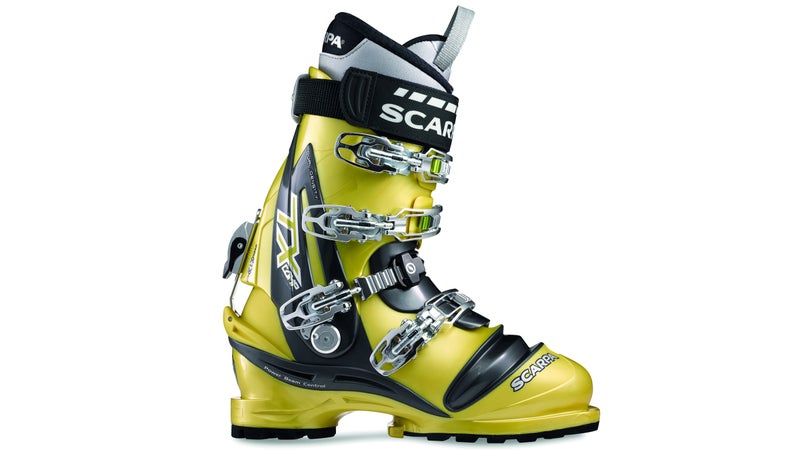
Many crew members use plastic telemark boots because the flexible plastic toe makes walking easier and helps them kick steps into firm snow. The crew members who don't tele often use Koflach mountaineering boots.
Rocky Mountain Sunscreen ($35)
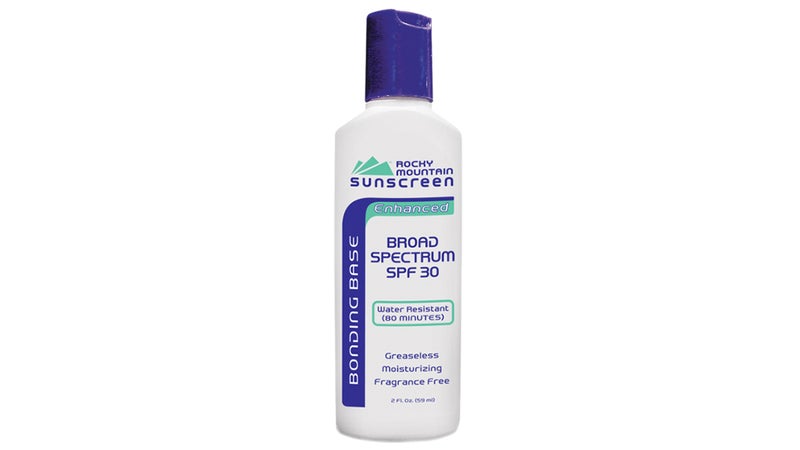
The snowmakers move equipment to new┬áspots constantly during the day and use lots of sunscreen. They use 50 SPF╠ř▓╣▓ď╗ň buy it by the gallon from Colorado-based Rocky Mountain Sunscreen. ÔÇťWe put┬áit on even on cloudy days,ÔÇŁ Looney says. Sunscreen also helps prevent frostbite when itÔÇÖs really cold.
Spy Frazier Sunglasses ($150)
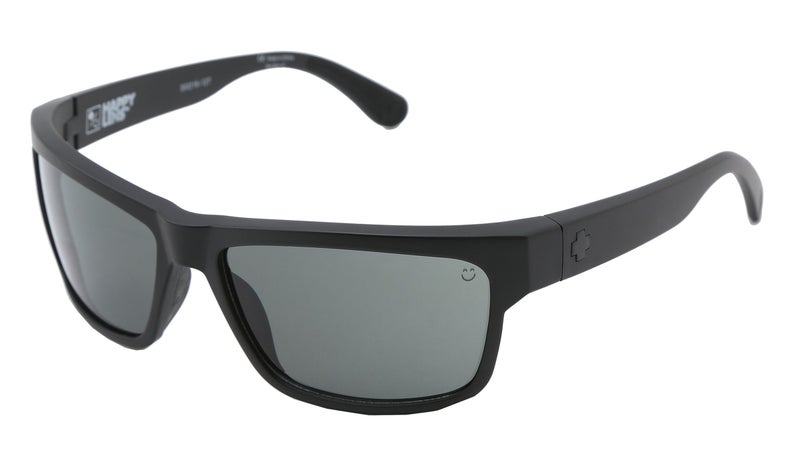
Goggles offer more protection than shades, but they get too hot during the day. Copper gets a discount through Spy, so the choice is simple. Looney says the crew always uses polarized lenses, which cut through the glare reflected off the snow. 


